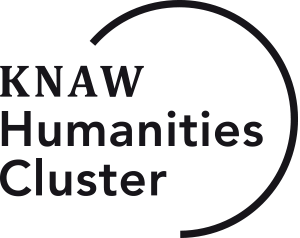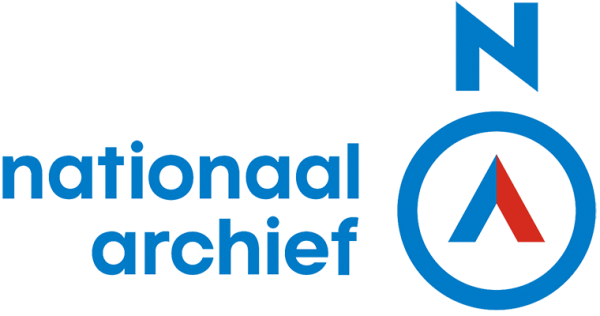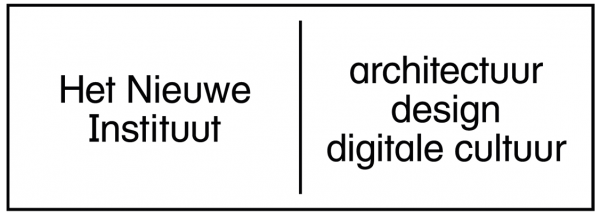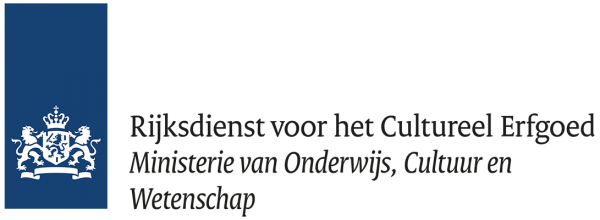Dutch Digital Heritage Network
The Dutch Digital Heritage Network (Netwerk Digitaal Erfgoed) is a partnership in the Netherlands that focuses on developing a system of national facilities and services for improving the visibility, usability, and sustainability of digital heritage. The network is open to all institutions and organisations in the digital heritage field. Together we can make the most of our digital heritage and preserve it for future generations.
The Dutch Digital Heritage Network was established in 2014 on the initiative of the Dutch Ministry of Education, Culture and Science. All digital preservation activities in the Netherlands are now concentrated in the Dutch Digital Heritage Network, creating a single national collaboration platform for all institutions that lends more strength to their activities.
National institutions, as strong parties in a wider field of heritage institutions with the same ambitions, take up the common responsibility for building and sustaining this network. These national institutions are: the National Library of the Netherlands, the Netherlands Institute for Sound and Vision, the Netherlands Cultural Heritage Agency, the Humanities Cluster of the Royal Netherlands Academy of Arts and Sciences, the National Archive and Nieuwe Instituut.
Expanding network
A growing number of heritage organizations and portals (theme based, region based and domain based) have joined. We encourage all professionals and organisations to join this movement and take part in the network. Also, we highly value our relations with international partners, as digital heritage should cross all borders.
National Digital Heritage Strategy 2021-2024
The National Digital Heritage Strategy (2015) was renewed in March 2021. The ongoing digitisation of society and its impact on heritage called for this. The use of heritage by the public and makers is still central to the National Strategy 2021-2024. New is the focus on the use of state-of-the-art technology such as artificial intelligence and big data in making digital heritage available. The new version also establishes a relationship with the heritage of the performing arts, the design sector and digital culture.






